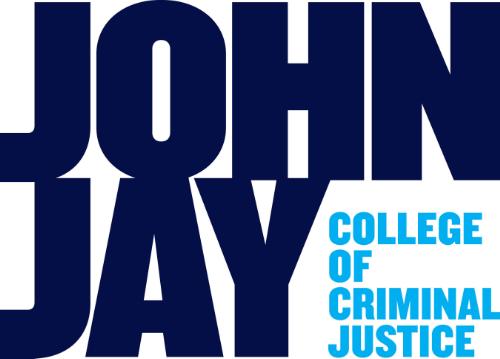
Publications and Research
Document Type
Article
Publication Date
2022
Abstract
We used data from an Australian community register to build a database containing 673 incidents, including both criminal and non-criminal anti-Semitic acts that occurred between October 2013 and September 2017. We conducted bivariate and multivariate analyses to explore the differences in the types of incidents associated with different trigger events. Using time series methods, we found a significant increase in criminal (but not in non-criminal) incidents during the 2014 Israel–Gaza conflict. During Jewish religious festivals, we found a significant decrease in criminal incidents, and a significant increase in non-criminal incidents. After the establishment of the neo-nazi group Antipodean Resistance, we found a significant increase in both criminal and non-criminal incidents. Using bivariate analysis, we found that particular trigger events were associated with qualitatively different types of anti-Semitic incidents (e.g. verbal abuse, property vandalism, violence against people). We propose that these differences reflect the diversity of ideological groups with which different offenders identify.
Included in
Civil Rights and Discrimination Commons, Criminal Law Commons, Inequality and Stratification Commons, Other Political Science Commons, Other Sociology Commons, Political Theory Commons, Politics and Social Change Commons, Race and Ethnicity Commons, Social Control, Law, Crime, and Deviance Commons, Social Policy Commons


Comments
This is an Accepted Manuscript of an article published by Taylor & Francis in Deviant Behavior online in 2021 and in print in 2022, available at: https://doi.org/10.1080/01639625.2021.1968283